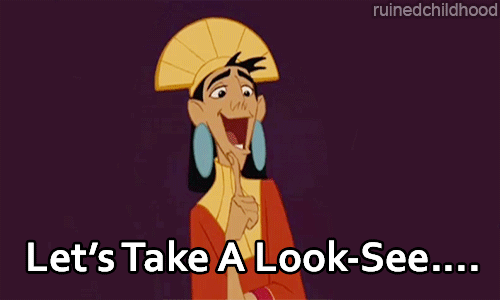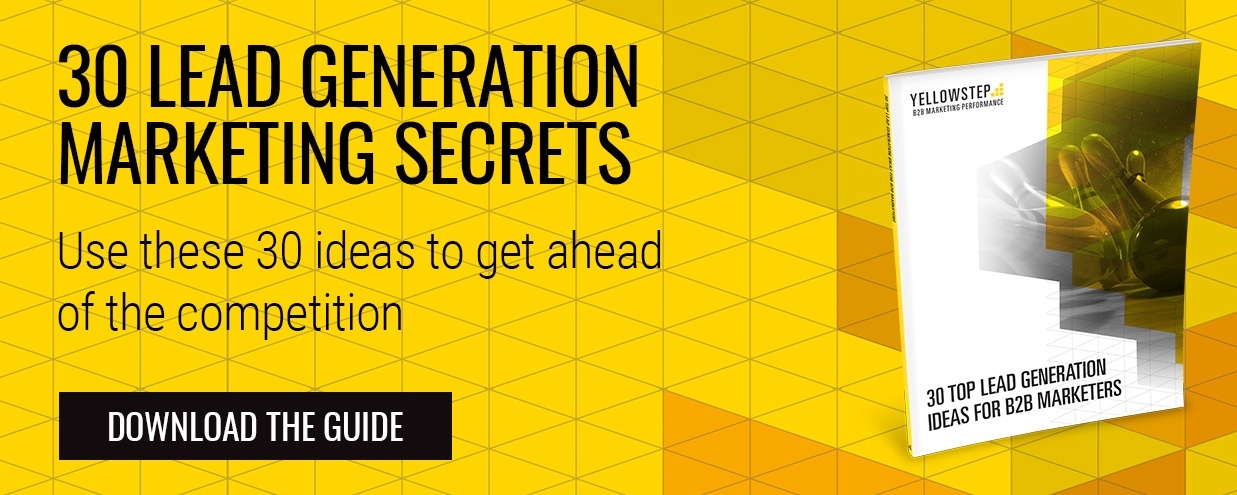
According to Charles Duhigg, writer of The Power of Habit, about 40% of what we do day to day is completely habitual. And although there’s something in the saying ‘old habits die hard’, the question is, how can you kill off existing habits to make room for others?
From years of experience in the video game and advertising industries, Nir Eyal learned how user’s became hooked to products, content, and ideas. He explains the psychological process we all experience in his book Hooked: How to Build Habit-Forming Products. Let's take a look at the steps that many apps and products are already benefitting from, and what other businesses can take away from Nir Eyal’s book:
The Hook Model

The essential goal of the hook model is to align a user’s issue with your company’s solution.
- Where do you go when you need a question answered quickly? Google.
- Which app do you use to show everyone how beautiful your trip to the Maldives was? Instagram.
In the end, first-to-mind wins, and companies who form strong user habits enjoy several benefits to their bottom line. The steps towards building addictive content and products are as follows:
1. External trigger
The external trigger is the first meeting between yourself and a product, app, or website. This can come in a variety of forms, whether it’s paid, owned, or word-of-mouth. Examples include email, website links, app icons, push-notifications, or ads.
2. Action

The trigger is followed by an action created in anticipation of a reward. These include clicking on an interesting picture in a newsfeed, visiting a website, or choosing to open an app amongst numerous others on your screen. Two things inspire whether an action is taken or not:
- The ease of doing it
- The motivation to do it
3. Variable Reward

Ever opened your fridge filled with expectation, even when you know there’s nothing in there but some old parsnips and a tin of dog food? Haven’t we all. But what if you opened your fridge, and each and every time the shelves were decorated with different treats? We are always on the lookout for something new. Feedback loops are all around us, but predictable ones don’t create the desire required to make content addictive.
Rewards can come in a variety of forms, all which set your brain’s dopamine system aflutter. These include social rewards fueled by connected-ness, material resources and information, and intrinsic rewards of mastery and competence.
4. Investment

This is where the user puts in their bit of work, and this phase increases the likelihood of the user passing through the hook cycle in the future. This is also known as the IKEA effect. Whether it’s time, money, or effort, the user has invested something into the product during this phase.
Josh Elman, an early Senior Product Manager at Linkedin once said, “If we could get users to enter just a little information, they were much more likely to return.”
5. Internal trigger

And the hook model comes full circle… but this time, an external trigger is no longer required. The internal trigger is something in the mind that cries out for the app, product, or content. This is the internal pang of loneliness that makes you check Facebook, the FOMO which makes you click on your email, and the boredom which makes you tap onto YouTube.
Over time, this new habit becomes part of your everyday routine, and hey-presto: you’re hooked.
Is your content hooking your audience?
Ask yourself:
- Who is your product, content, or service for? What itch are you scratching?
- Is the required action simple? Can it be made simpler?
- What reward types are you offering, and do they suit your target audience?
- How can your content fit into the user’s ‘daily narrative’?
- How can you dig into the user’s external triggers, that is, the pain they seek to solve?
How will you harness this superpower?
For evil, obviously!
Just kidding. But seriously, many have used this model to keep you addicted to apps or products that serve little to no benefit, instead wasting time and effort. Think of all those hours on Candy Crush… yeesh.
However, the hook model can also be used to inform, educate, and assist with an issue. To repeat the main goal of the hook, align a user’s issue with your company’s solution. If you’re looking to develop ideas which will have your audience returning for more, while getting to the root of their needs, get in touch with our team today.
 By
By 
